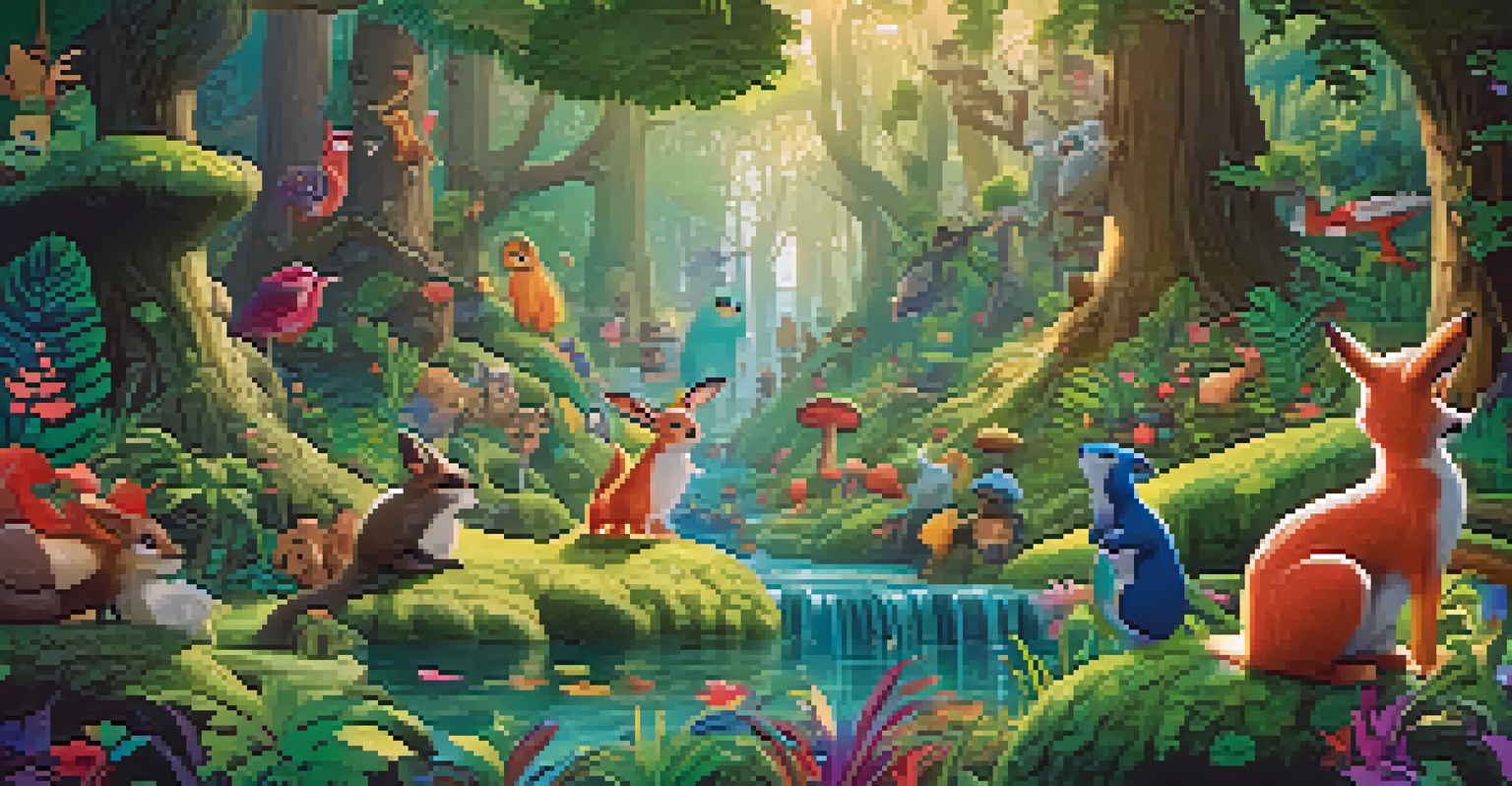The Importance of Branding in Film Poster Design

Understanding Branding in Film Poster Design
Branding in film poster design refers to the visual elements that represent a film, such as logos, colors, and typography. It helps create a cohesive identity that resonates with the audience, much like a signature style for an artist. When done effectively, these elements convey the film's genre, tone, and core message, guiding potential viewers in their decision-making process.
Good design is good business.
Think of the iconic red and yellow colors of the 'Star Wars' franchise. These colors evoke a sense of adventure and nostalgia, instantly recognizable to fans and newcomers alike. Such consistent branding across posters, trailers, and merchandise not only strengthens the film's identity but also fosters a deep emotional connection with the audience.
In essence, effective branding transforms a mere film poster into a storytelling tool that sparks curiosity and excitement. It’s not just about showcasing the film; it’s about creating a memorable experience that encourages viewers to engage and share their enthusiasm.
The Role of Visual Elements in Branding
Visual elements like colors, fonts, and images play a pivotal role in branding a film. For instance, a horror film might use dark, moody colors and sharp fonts to evoke fear, while a romantic comedy may lean toward soft pastels and playful typography. These choices aren’t random; they are carefully crafted to reflect the film's essence and attract the right audience.

Additionally, the imagery used in film posters can evoke specific emotions and set expectations. A poster featuring a heroic character in action can generate excitement, while a serene landscape might suggest a more introspective narrative. This visual storytelling is crucial in grabbing attention and quickly communicating the film's vibe.
Visual Elements Shape Film Identity
Colors, fonts, and imagery in film posters are carefully chosen to reflect a film's essence and attract the right audience.
Ultimately, the right visual elements can make a poster not just eye-catching but also a memorable representation of the film. They create an immediate connection that makes the audience feel something, whether it's joy, fear, or nostalgia.
Consistency Across Marketing Materials
Branding in film extends beyond just the poster; it encompasses all marketing materials, including trailers, social media graphics, and merchandise. Consistency in these elements builds familiarity and trust with the audience. When they see the same logo and color scheme across different platforms, it reinforces the film's identity and makes it more recognizable.
The best marketing doesn't feel like marketing.
For example, the 'Marvel Cinematic Universe' has a distinct branding style across all its films, blending dynamic visuals with a consistent logo and color palette. This uniformity helps fans identify with the franchise, even before they see the movie. It creates a sense of belonging and anticipation, making viewers more likely to engage with new releases.
In a crowded marketplace, standing out is essential, and consistent branding can be the key to achieving that. When audiences can easily identify a film's unique branding, they are more likely to remember it and, ultimately, choose to watch it.
Creating Emotional Connections Through Branding
Branding in film poster design is not just about visuals; it's also about creating emotional connections with the audience. A well-designed poster can evoke nostalgia, excitement, or even curiosity, drawing viewers in. For instance, the poster for 'The Lion King' features vibrant colors and iconic characters, instantly triggering fond memories for many.
These emotional connections can be powerful drivers of audience interest. When people feel a sense of attachment to a film based on its branding, they are more likely to share their enthusiasm with friends and family. This word-of-mouth marketing can significantly impact a film's success and box office performance.
Consistency Builds Audience Trust
Uniform branding across all marketing materials fosters familiarity and recognition, making it easier for audiences to identify and engage with a film.
Thus, effective branding isn’t just a matter of aesthetics; it’s about tapping into the audience’s emotions and creating a lasting impression. A film poster that resonates emotionally can linger in the minds of viewers long after they’ve seen it.
The Impact of Typography in Film Branding
Typography is a crucial yet often overlooked aspect of branding in film poster design. The choice of font can convey various emotions and set the tone for the film. For example, a sleek, modern font might suggest a futuristic sci-fi film, while a vintage typeface could evoke a sense of nostalgia for a period piece.
Moreover, the arrangement of typography on a poster plays a significant role in readability and visual appeal. A well-placed title can draw attention and guide the viewer’s eye, making it easier for them to absorb the information. This is especially important in a world where audiences are bombarded with countless images and messages every day.
In short, typography is more than just text; it’s an integral part of a film’s branding strategy. When aligned with the overall design, it can enhance the film's identity and attract the right audience.
Leveraging Iconic Imagery for Brand Recognition
Iconic imagery in film posters can significantly enhance brand recognition. Think about the silhouette of the 'James Bond' gun barrel; it’s immediately recognizable and associated with the franchise. Such imagery not only captures the essence of the film but also becomes synonymous with the brand itself over time.
When audiences see these iconic images, they instantly recall the film or franchise, creating a strong mental association. This recognition is crucial in a competitive market, as it helps the film stand out and remain memorable long after its release. The more recognizable the imagery, the stronger the brand presence.
Emotional Connections Drive Interest
Effective branding can evoke nostalgia and excitement, creating lasting emotional ties that encourage viewers to share their enthusiasm for a film.
Thus, leveraging iconic imagery in branding can be a game-changer for film marketing. It allows filmmakers to create a lasting impression that resonates with fans and attracts new viewers.
The Future of Branding in Film Poster Design
As technology evolves, so does the landscape of film poster design and branding. Digital platforms have opened new avenues for creativity, enabling filmmakers to experiment with animated posters or interactive designs. These innovations can enhance engagement and create a unique experience for potential viewers.
Moreover, social media plays a significant role in how film branding is perceived today. A striking poster can go viral, reaching a wider audience and generating buzz around a film. This shift emphasizes the importance of creating visually compelling and shareable content that resonates with viewers.

In conclusion, the future of branding in film poster design lies in innovation and engagement. As filmmakers continue to explore new ways to connect with their audience, effective branding will remain a cornerstone of successful film marketing.